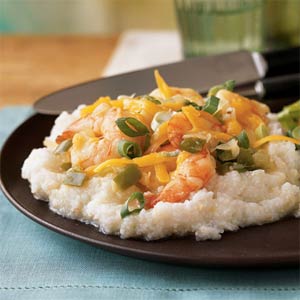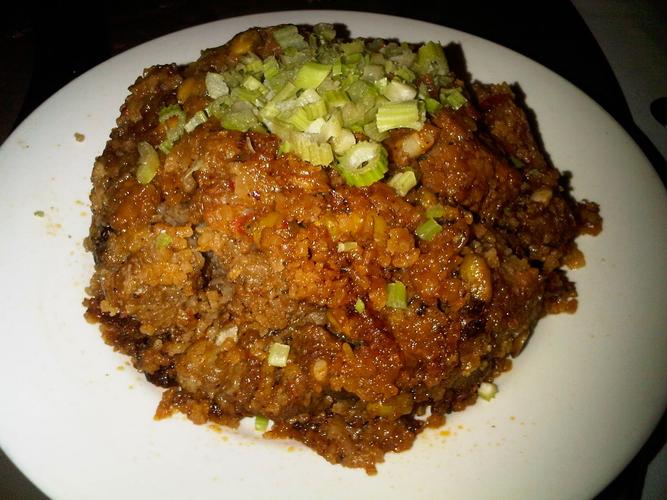Results 1 to 10 of 12
Thread: Grit question
-
01-30-2012, 10:00 PM #1
 Grit question
Grit question
Hello all good people,
I was reading about stone grit and I found this (Katana (Japanese Sword) Sharpening Guide) page where I noticed statement regards US grit and Japanese grit. Is this really truth statement? Any experts can confirm?
Regards
-
01-30-2012, 10:05 PM #2I used Nakayamas for my house



- Join Date
- Aug 2009
- Location
- Des Moines
- Posts
- 8,664
- Blog Entries
- 1
Thanked: 2591
there is difference in the grit to micron relation since the standards are different
Stefan
-
01-31-2012, 12:07 AM #3

There is indeed a difference in the Japanese and American grit scales, but, I'm not sure why. Grit=number of particles per square inch. And, 0.5micron is near 30+k from what I understand, not 12k. You can't really compare Eschers or Charnleys with CrOx. Big difference. The micron size is more accurate but it can't really be used for natural stones. And, the grit of a stone will not guarantee how sharp your instruments will get, regardless the material they are made of. The shape of the crystals, and the hardness of the abrasive or the binding medium should also taken into consideration.
Last edited by Vasilis; 01-31-2012 at 12:11 AM.
-
02-01-2012, 02:00 PM #4

Ya, I have always wondered about that too. Why are the grit standards different, it is because of the english versus metric measurment systems. alx
-
02-01-2012, 09:23 PM #5

With synthetic hones the Japanese one are pretty close to our rating system. You can't compare different whetstones as they are all made of different binder,adhesives, and abrasives and all in different ratios. Don't worry about the grit conversion as they're pretty close in accuracy to ours.
-
02-03-2012, 02:05 AM #6

Here's an interesting article that references the accuracy of the standards used to grade abrasive particles.
Q&A with Stan Watson – Technical Director, DMT « Stu's Shed
IMO - the attmept to control the results of honing an edge with insight based on mathamatical assumptions is problematic.
In a practical scenario - I found that all of my concerns about grit were a waste of energy. Once I stopped focusing on numbers and I decided that there probably weren't any 'magical' stones or 'perfect' numerical progressions - I started getting better at honing.
The taxonomy, science and theory - and the inevitable discussions about all of this is facinating at times - but for me, at the end of the day it's just a razor and I'm shaving...
-
The Following User Says Thank You to Gamma For This Useful Post:
tinkersd (02-20-2012)
-
02-03-2012, 02:34 AM #7

Man I was looking forward to grits recipes. Dang it.
-
02-03-2012, 10:55 AM #8

Probably off topic, but, I can't understand the phrase "you have the abrasive particles and while honing the get smaller and smaller". How many hours someone hones with the same slurry, which is not replenished, nor mixed with the steel particles that get abraded, to be able to see this "phenomenon"? The stone by itself no matter how hard it is, with the presence of slurry gets abraded like the edge we are honing. And new particles get into the slurry. If anyone disagrees with me I would like to know his opinion. I will create a new topic about it when I have the time.
Regarding the grit progression, if you have experience and some cheap edged tools you don't really need numbers, but you should pay attention to it. Those numbers is a recent discovery. Sharpened tools and grit progressions existed from 3000BC. Maybe even before that.Last edited by Vasilis; 02-03-2012 at 01:40 PM.
-
02-03-2012, 03:17 PM #9

American grits

Japanese grits

As the website stated, "everyone uses a different standard and they don't compare well"Find me on SRP's official chat in ##srp on Freenode. Link is at top of SRP's homepage
-
02-07-2012, 09:11 PM #10

LOL, nice :-) Thank you all for your help!


 4Likes
4Likes LinkBack URL
LinkBack URL About LinkBacks
About LinkBacks






 Reply With Quote
Reply With Quote
